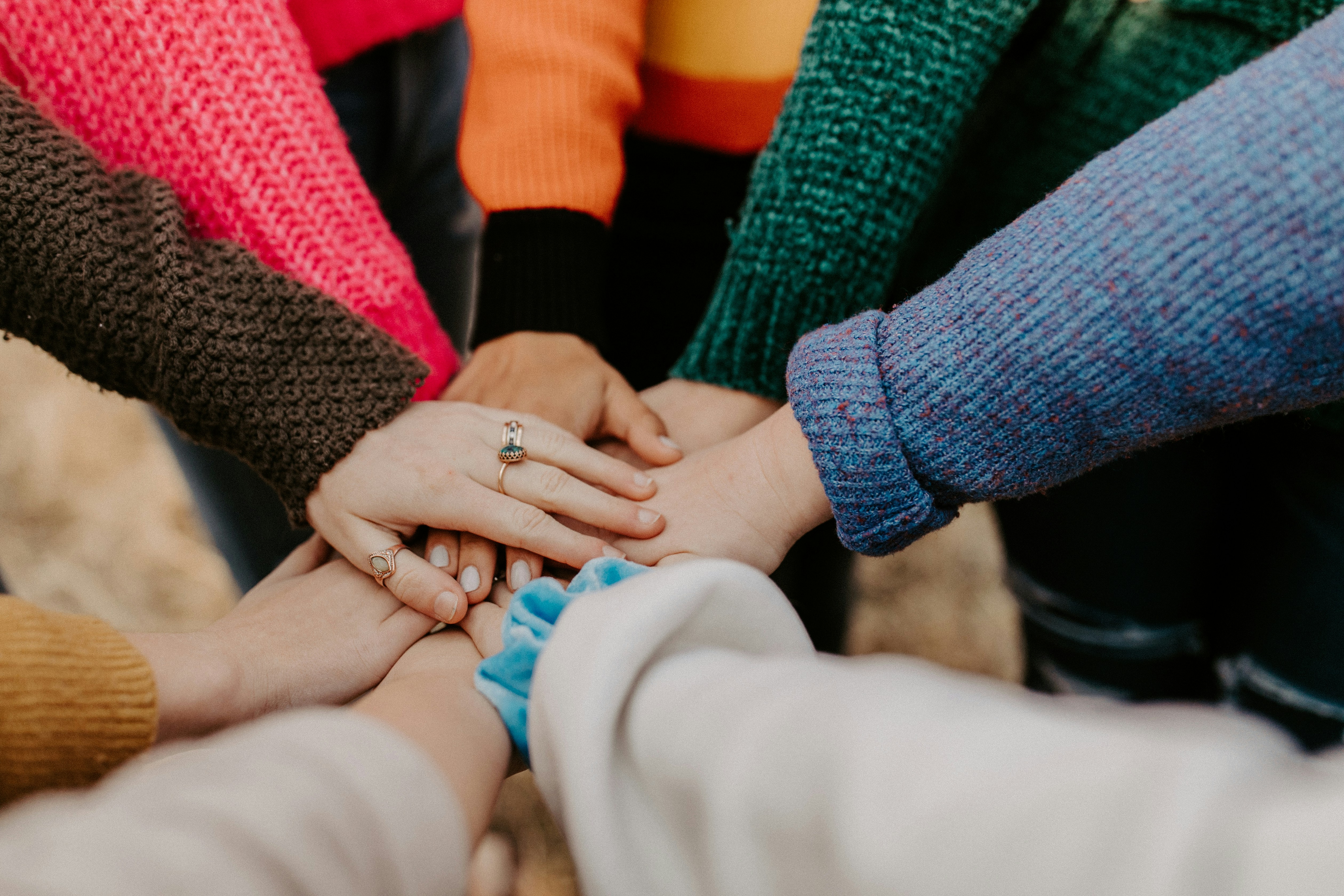Introduction
Across the United States, homelessness and addiction have been treated as separate crises for decades. Yet the reality for millions of Americans shows a different story: mental health struggles, substance use, and housing instability are deeply intertwined. As rents rise, wages stagnate, and the opioid epidemic continues to devastate communities, the need for compassionate, evidence-based solutions has never been clearer.
Two of the most discussed approaches in this space are harm reduction strategies and the Housing First model. Together, these approaches challenge traditional assumptions about addiction and homelessness by asking a simple question: What happens when we provide safety, dignity, and stability first, instead of last?
At Cherry Willow Apparel, our mission is to create wearable advocacy that uplifts conversations like this one. Just as clothing can restore dignity to someone who feels invisible, harm reduction and Housing First policies aim to restore a foundation of humanity for those who have been pushed to society’s margins.
What Is Harm Reduction?
Harm reduction is rooted in pragmatism and compassion. It acknowledges that many people experiencing homelessness and addiction are not in a place to stop using substances overnight. Instead of setting abstinence as the only acceptable goal, harm reduction focuses on reducing the negative consequences of use, while keeping people alive and connected to care.
Examples include:
- Safe use sites: facilities where people can use drugs under medical supervision, preventing overdoses and connecting them to health services. Cities like New York have piloted these programs with promising results (NYC Health Department).
- Clean supply programs: providing sterile syringes and supplies to reduce the spread of diseases such as HIV and hepatitis C. These programs are endorsed by the Centers for Disease Control and Prevention.
- Naloxone distribution: giving people access to a medication that reverses opioid overdoses. According to the National Institute on Drug Abuse, naloxone has saved tens of thousands of lives.
Harm reduction is not about encouraging use. Multiple studies show that it reduces overdose deaths, lowers infection rates, and increases the likelihood that people eventually seek treatment (Harm Reduction International). For unhoused individuals, it can be the only consistent contact with health professionals, and often becomes the bridge to long-term recovery.
The Housing First Approach
The Housing First model emerged in the 1990s as a bold departure from “treatment first” or “housing ready” approaches. Rather than requiring individuals to achieve sobriety, secure employment, or comply with treatment before receiving housing, Housing First provides immediate access to permanent housing without preconditions. Supportive services such as counseling, employment assistance, and medical care are then offered once people are stably housed.
Research from the U.S. Department of Housing and Urban Development shows Housing First reduces chronic homelessness and improves housing retention compared to treatment-first models. Cities like Houston, which reduced homelessness by over 60 percent through Housing First, have become national examples of success (National Alliance to End Homelessness).
The philosophy is simple: without a safe and stable place to live, recovery is nearly impossible. Just as wearing clean, durable clothing can restore dignity for someone sleeping on the street, having a permanent home creates the stability needed to pursue sobriety, employment, and healing.
Housing First vs. Treatment First
The debate between Housing First and Treatment First reflects deeper questions about human dignity, responsibility, and the role of government support.
- Treatment First: This traditional model requires individuals to stop using drugs, undergo counseling, or comply with mental health treatment before they can access housing. Advocates argue it prevents wasted resources on those who “aren’t ready.” Critics counter that it sets up barriers that exclude the very people most in need.
- Housing First: This approach argues that housing is a basic human right, not a reward for compliance. By providing stability first, individuals are more likely to succeed in treatment and rebuild their lives. Supporters point to evidence that Housing First saves money in the long run by reducing reliance on emergency rooms, jails, and shelters.
The evidence consistently favors Housing First. A study published in the American Journal of Public Health found that participants in Housing First programs had higher housing stability, lower substance use, and better quality of life compared to those in treatment-first models (AJPH Study).
At Cherry Willow Apparel, this distinction resonates deeply. Just as we believe everyone deserves the dignity of clean clothing, we also believe everyone deserves housing as a foundation for change.
Harm Reduction and Housing: A Natural Connection
Harm reduction and Housing First are not separate ideas but complementary strategies. When someone has access to stable housing, they are more likely to engage with harm reduction programs such as naloxone training or clean supply services. At the same time, harm reduction services often build the trust that helps people accept housing opportunities.
For example:
- In Vancouver, Canada, safe consumption sites are integrated into supportive housing units. Residents not only reduce overdose deaths but also increase engagement with medical care (Vancouver Coastal Health).
- In New York City, outreach teams distribute naloxone while helping people apply for housing vouchers. Lives are saved while pathways to stability are created simultaneously.
- In Salt Lake City, Housing First programs have been paired with peer recovery coaches, ensuring that people housed through the program also receive ongoing addiction support.
These case studies show that harm reduction without housing is limited, and housing without harm reduction often fails to address underlying struggles. Together, they offer a path toward long-term stability.
Controversies and Public Perception
Despite overwhelming evidence, harm reduction and Housing First remain controversial.
Funding Concerns
Critics argue these programs are too expensive. Yet research consistently shows the opposite. A study from HUD found that every $10 invested in Housing First saved taxpayers $21 in reduced emergency services. Harm reduction programs also reduce costly ER visits and hospitalizations.
Moral Judgments
Some believe harm reduction “enables” substance use. But decades of data show that providing safe spaces and clean supplies reduces harm without increasing overall use. In fact, many people transition to treatment after connecting through harm reduction programs (National Harm Reduction Coalition).
Community Resistance
Neighborhoods often oppose safe consumption sites or supportive housing, fearing crime or lowered property values. Yet studies show these fears are largely unfounded. A study in the Journal of Urban Health found no increase in crime near safe consumption facilities, and some areas saw decreases in public drug use and discarded syringes.
The tension reflects a broader societal struggle: whether to approach homelessness and addiction as moral failings to be punished, or public health crises to be treated.
Why This Matters to Cherry Willow Apparel
Our brand is built on the belief that community, compassion, and connection can change lives. When we create collections like our Empathy Over Everything sweatshirt, we are not just designing apparel. We are making a statement that dignity is non-negotiable.
Housing First and harm reduction embody the same philosophy. They meet people where they are, provide dignity without preconditions, and believe that stability is a right, not a privilege. This is why Cherry Willow Apparel partners with organizations on the ground to raise awareness and funds for programs that embrace these principles.
Every purchase in our shop helps us build those partnerships and support organizations creating innovative housing and health solutions.
FAQs on Harm Reduction and Housing First
What is harm reduction?
Harm reduction is a set of strategies aimed at reducing the negative consequences of drug use, including overdose, disease transmission, and social isolation.
How does Housing First differ from Treatment First?
Housing First provides housing without preconditions, while Treatment First requires sobriety or treatment compliance before housing access.
Does harm reduction encourage drug use?
No. Research shows harm reduction reduces deaths, improves health, and increases eventual engagement with treatment.
Is Housing First cost-effective?
Yes. Studies show Housing First reduces the use of emergency rooms, shelters, and jails, saving taxpayer money while improving outcomes.
Why do communities resist these programs?
Often due to stigma, misinformation, or fear of crime. Data shows these concerns are largely unfounded.
How can I support harm reduction and Housing First?
You can advocate for policy changes, volunteer with local organizations, and support social enterprises like Cherry Willow Apparel that fund solutions to homelessness.
Conclusion
Harm reduction and Housing First represent a profound shift in how society views homelessness and addiction. Rather than punishing people for their struggles or setting impossible barriers, these models provide compassion, stability, and dignity as the starting point.
They are not quick fixes, and they are not without controversy. But the evidence is clear: they save lives, reduce costs, and open doors to recovery.
At Cherry Willow Apparel, we believe in amplifying this message. Every piece of clothing we design is more than fabric; it is a reminder that change begins with compassion. By supporting approaches like Housing First and harm reduction, we can move closer to a future where no one is left behind.
Visit our mission page to learn more about how we are building advocacy into fashion, and explore our collections to join us in making change possible.



.jpg)
.jpg)